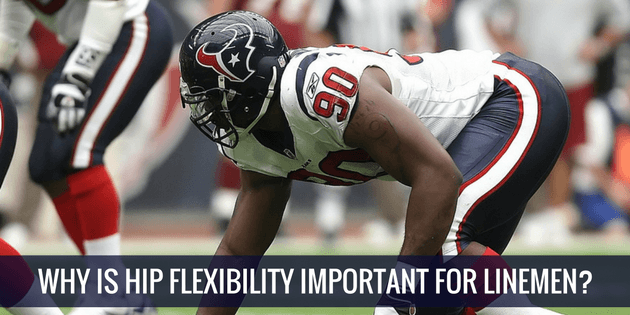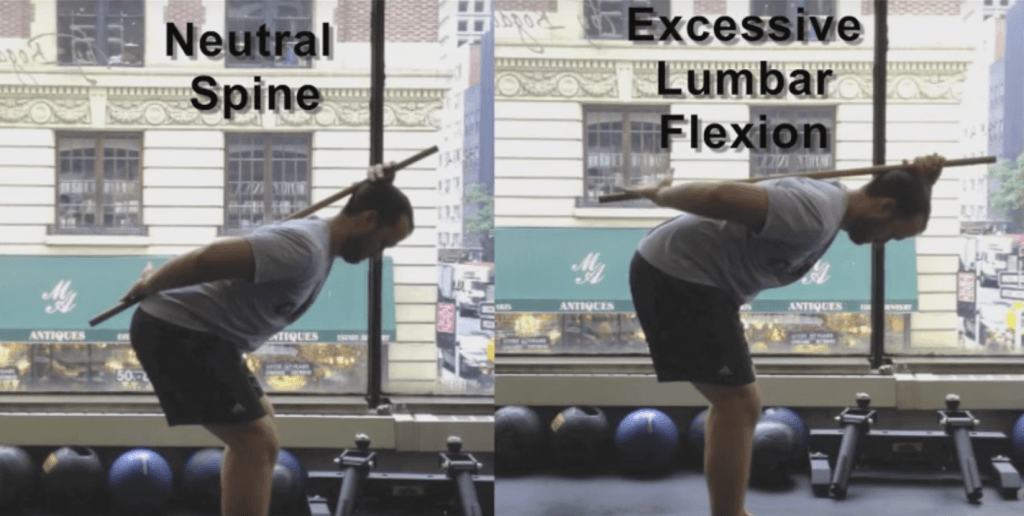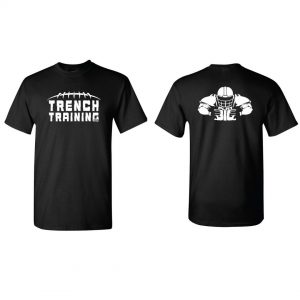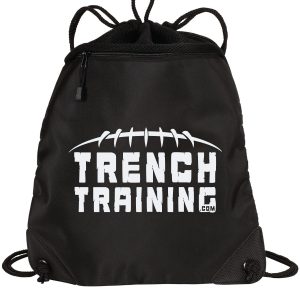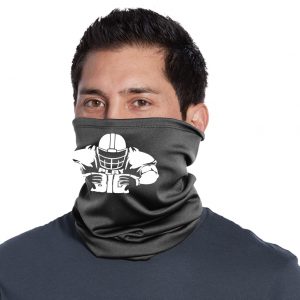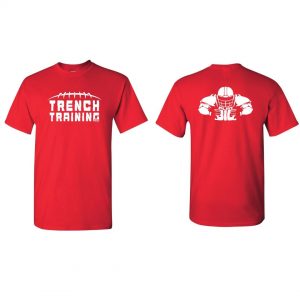Hip flexibility is the number one thing we at Trench Training hear about from college coaches.
How are their hips?
Do they play with their pads out?
Can they change direction?
These are some of the most common questions college coaches are asking when they watch video of recruits.
Size, strength and power all factor in to be an elite football player.
But hip flexibility is one of the key components coaches look for.
So why is hip flexibility important?
3 Benefits of Good Hip Flexibility
1. Injury prevention.
A lack of flexibility in the hips can have an impact on lower back health.
This is especially prevalent in the weight room.
Without the proper range of motion, an athlete’s form is compromised and the risk of injury increases.
We need our athletes to stay healthy and flexibility is a key component to preventing injury.
2. Improved agility and balance.
You might think agility is not a word often used with linemen.
Maybe defensive linemen but not offensive linemen, right?
Wrong.
Speed may not be a prerequisite to play in the line but agility is.
Lateral movement and quickness are a huge part of being an elite linemen.
Footwork and body position are essential for both blocking and defeating a block.
Agility and balance are also how linemen create leverage and gives them the ability to “play low”.
Playing low allows us to utilize the strength in our legs and glutes giving us a powerful base.
3. Increased explosiveness.
You have probably heard the saying, “low man wins”.
Again, playing low is going to give us a the ability to coil and become explosive off the line.
If a player is more explosive off the ball then their opponent they will have a distinct advantage.
Utilizing leverage and explosiveness, a player can compete with opponents that are bigger and stronger they are.
Hip flexibility is essential to gaining explosiveness.
What is the hip hinge?
Here’s the best definition I’ve found for the hip hinge and it’s from BreakingMuscle.com.
“A hip hinge is movement (flexion and extension) through the hip joint, keeping a neutral spine and the knees slightly flexed.”
A great way to test the hip hinge is to do the dowel hip hinge test.
In the image above, on the left you can see what it means to keep a neutral spine.
This is opposed by lumbar flexion on the right which is what you get when your hips are too tight.
Many players lack sufficient flexibility in hip flexors and adductors.
Improving this hip flexibility lays the foundation for improved athleticism and is the key to reaching elite levels.
If you you found value with today’s post please like, comment and share.
Play Big!
Coach Steve

